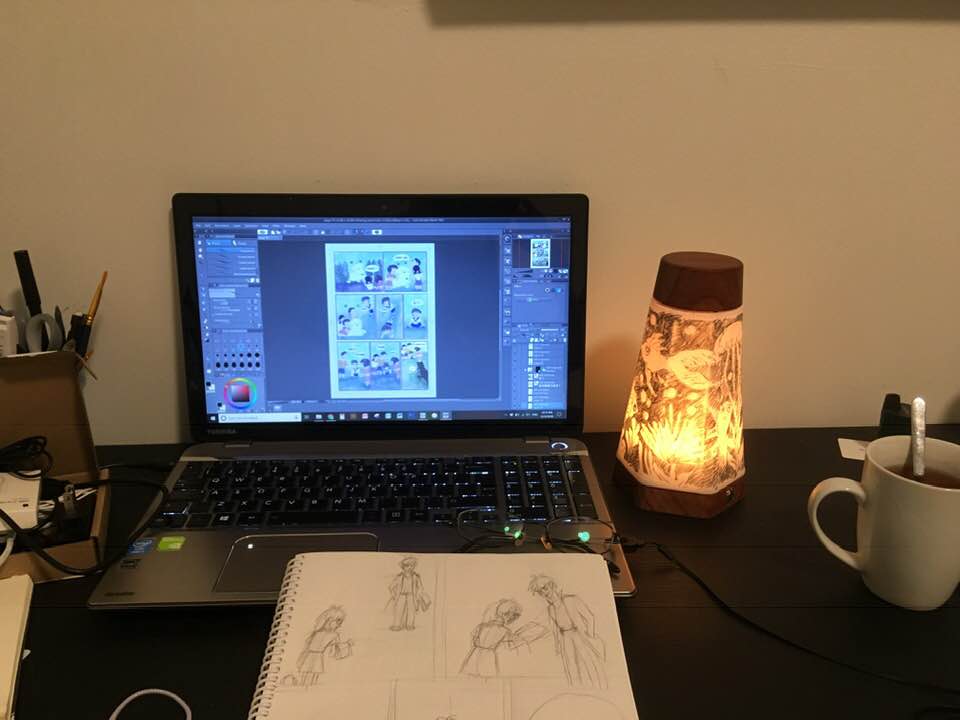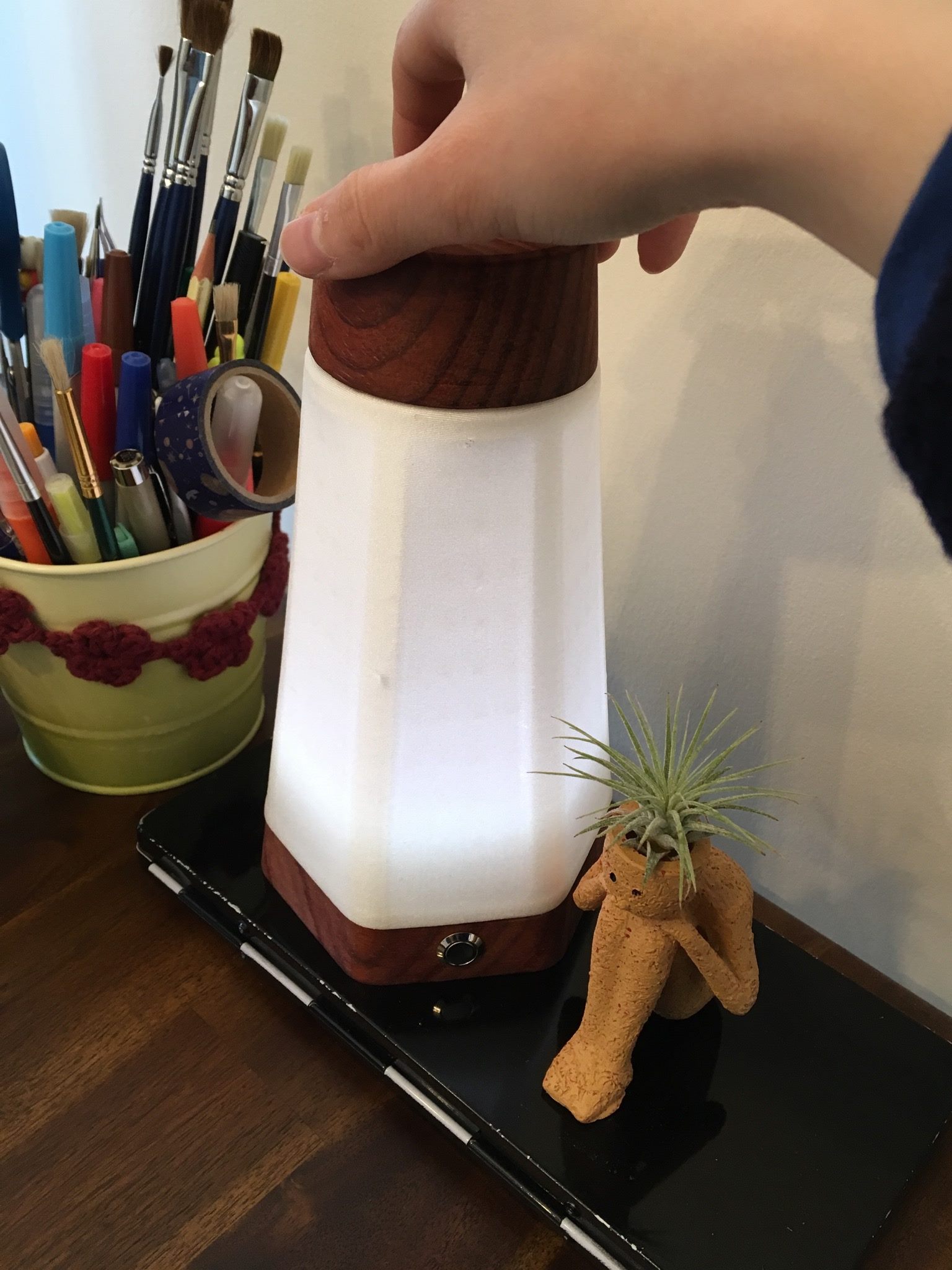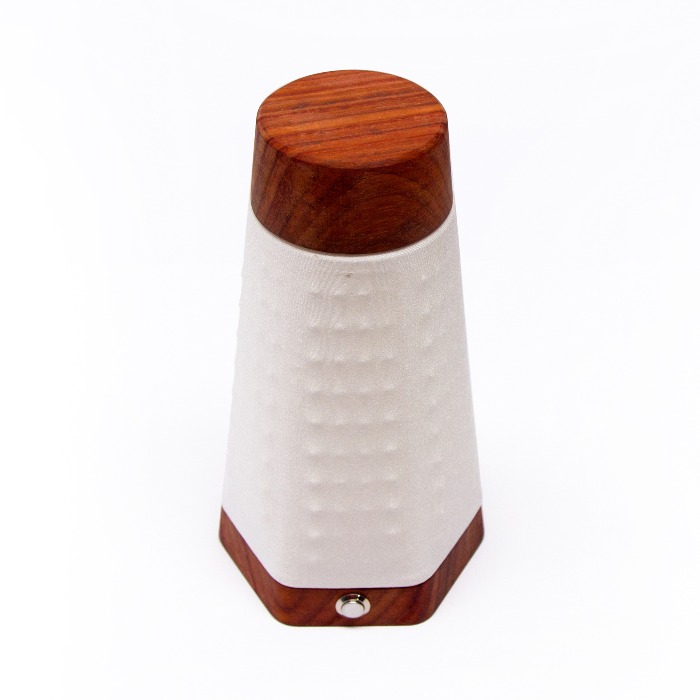In the past decade or more, HCI researchers have developed a vast number of shape-changing and deformable artifacts for utilitarian and functional goals, and to support behavioural interactions in situ. For instance, Grönvall et al. created a novel deformable bench to cultivate emotional experiences in public spaces. Relatedly, Robles and Wiberg’s notion of material turn holds the potential to create opportunities to frame novel interactivities by crafting with conventional analog materials and emergent digital materials. Such a shift poses challenges when it comes to designing a deformable device. For example, dynamic relationships between practitioners and computational artifacts may arise across the design processes in what is referred to as computational materiality. Design practitioners may find it a challenge to attend to a particular form of materiality while framing temporal expressions of deformation. Therefore, Rasmussen et al. suggested adopting design-oriented approaches for more in-depth discussions on materiality during the process of crafting a shape-changing artifact.
transTexture design was informed by these influential foundations. The key feature of transTexture is its elastic fabric lampshade, which can manifest dynamic deformation through embedded actuation. The form design of transTexture was inspired by the conventional paper lantern, which includes a skeleton structure, a piece of wrapped fabric, a wooden base, and a wooden rotary knob. We embedded the mechanism underneath the lampshade to trigger dynamic deformation linearly based on the iteration of a gear-cam expansion mechanism. Informed by Temporal Form installations, we designed a ‘waiting time’ for experiencing transTexture’s temporal form daily. As physical dot patterns were added to the actuation boards, the deformation can dynamically transform with subtle, nuanced, and intimate changes across different scales. Besides, we intentionally added an interactive light for transTexture, promoting an additional nuanced expression for scaffolding mundane interactions with deformation. Rotating the wooden knob clockwise or counterclockwise can simultaneously manifest temporal form and interactive light.
We worked with software and hardware to frame inputs and outputs of transTexture. Specifically, we employed Arduino IDE as the platform for interaction design, a microcontroller (Arduino Atmega 168) can receive, compile, and transfer information. For the actuation mechanism, we adopted a rotary encoder as the input device to receive data and chose a 28BYJ-48 stepper motor to actuate the mechanism. A ULN2003 driver board was also employed to actuate the stepper motor. We also incorporated an on/off switch on the wooden base to control the power supply. A 2600mAh rechargeable Li-ion battery was mounted on the base, which can constantly provide power for up to about 20 hours. The output voltage for the changing adapter was set to 5 Volts. In the following, we are going to unpack how we addressed emerged design challenges by configuring forms of materiality with the guidance of compositional interaction design.



